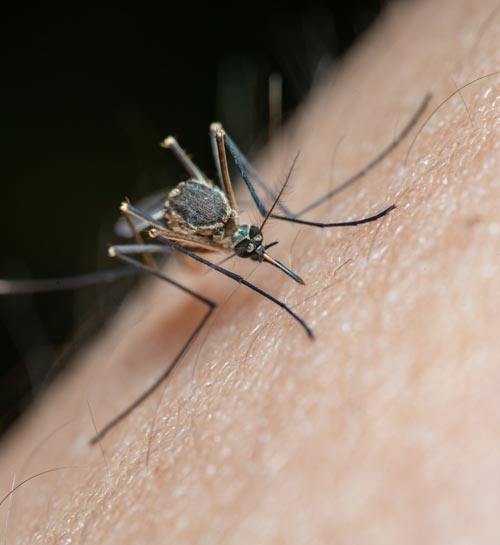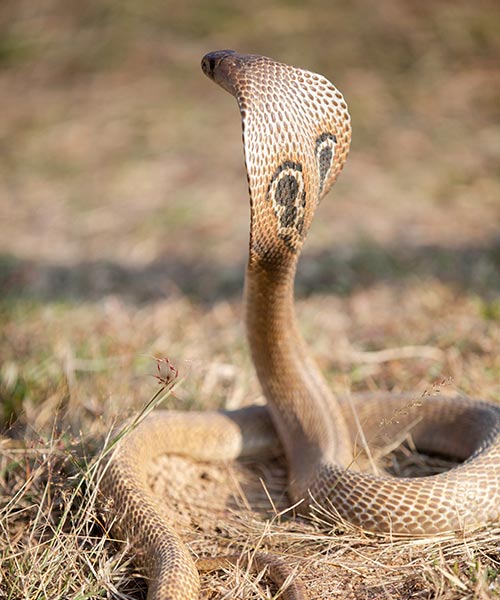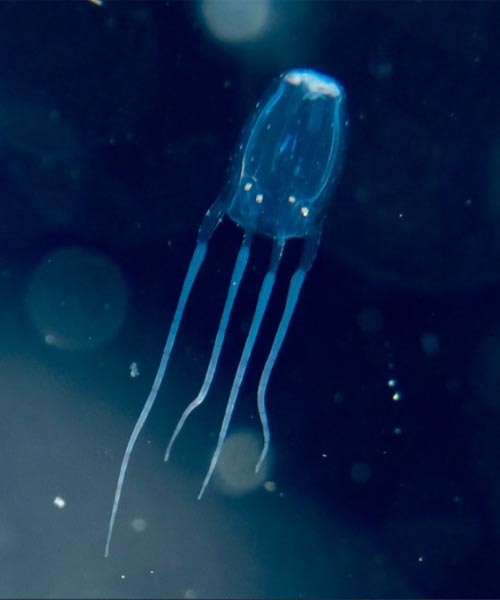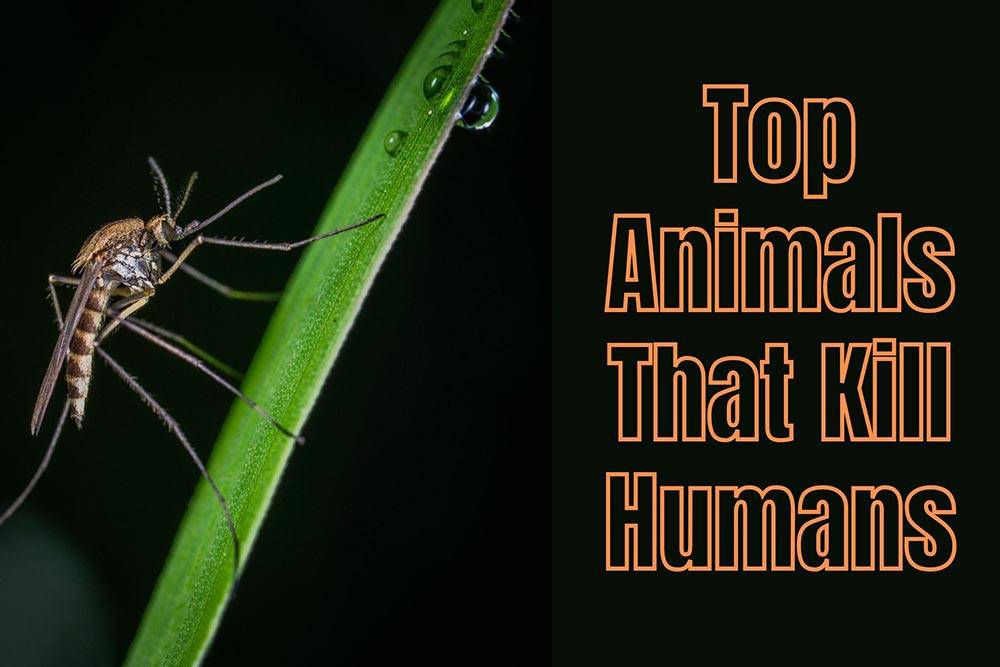Introduction
Embarking on a journey through the wild brings us face to face with nature’s wonders, but it’s crucial to be aware of potential dangers. In this comprehensive guide, we’ll delve into the realm of the “Top Animals that Kill Humans” Gain insights on navigating encounters with these creatures safely, combining expertise and personal experiences to provide you with accurate and relevant information.
Mosquitoes: The Silent Threat
Mosquitoes, often underestimated due to their small size, emerge as a silent yet potent threat to human health in the wild. Acting as carriers of deadly diseases such as malaria, dengue fever, and Zika virus, these tiny insects have a significant impact on global health. The danger lies not just in their itchy bites but in the transmission of potentially life-threatening illnesses, particularly in regions where these diseases are prevalent. Navigating the wild requires a keen understanding of mosquito habitats, preventive measures, and the importance of protecting oneself from these stealthy carriers of disease.

Humans: A Different Kind of Danger
In this list “Top Animals that Kill Humans” the unfortunate reality that intentional acts of violence contribute significantly to human fatalities. This section delves into the societal aspects behind human-induced harm, shedding light on the complexities of human behavior. As we navigate the wild, understanding this unique threat is crucial for fostering awareness and creating a safer environment. By addressing the human factor in potential dangers, individuals can be better equipped to promote harmony between nature and human activities.

Venomous Snakes: Danger on the Ground
Explores the inherent risks posed by snakes with venomous bites, including species like the Indian cobra, Russell’s viper, and saw-scaled viper. The discussion encompasses the regions where these snakes are commonly found, shedding light on their habitats and behaviors. Readers will gain insights into the potential dangers of encounters with venomous snakes, as well as essential tips on staying safe in snake-prone areas. This segment aims to provide a comprehensive understanding of the threat these reptiles pose to humans on the ground and promote informed and cautious behavior in snake habitats.

Canine Concerns: Unpredictable Dog Behavior
We address the unpredictable nature of dog behavior, emphasizing that while dogs are beloved companions, certain situations can lead to unexpected and potentially dangerous actions. By delving into responsible ownership and understanding the factors contributing to dog-related tragedies, readers gain valuable insights into navigating canine encounters safely. This includes recognizing the importance of training, socialization, and being aware of the circumstances that may trigger unpredictable behavior in dogs, ensuring a harmonious coexistence between humans and their four-legged friends.

Crocodiles: Territorial Water Giants
Explores the aggressive nature of saltwater and Nile crocodiles, particularly in regions where they coexist with humans. These formidable creatures, often considered territorial giants, pose a significant risk in aquatic habitats. The section provides insights into the behaviors and habitats of crocodiles, offering valuable information for those navigating waterways and seeking to understand the potential risks associated with encounters in the wild. Understanding the territorial instincts of crocodiles is crucial for promoting safety and minimizing the chances of human-crocodile conflicts in aquatic environments.

Hippos: Deceptively Dangerous
Explores the unexpected threat posed by these seemingly docile creatures. Despite their herbivorous diet and slow movements on land, hippos are responsible for a significant number of human deaths in Africa. Their territorial behavior and aggression, especially when feeling threatened, make encounters with them in the wild potentially perilous. This section provides insights into the deceptive nature of hippos, shedding light on their capacity for danger and emphasizing the importance of understanding their behavior for those navigating regions inhabited by these massive creatures.

Elephants: Gentle Giants Turned Dangerous
In the exploration of “Top Animals That Kill Humans: Navigating the Wild,” we unravel the paradoxical nature of these majestic creatures. Renowned for their intelligence and social bonds, wild elephants can undergo a transformation when they feel threatened, turning from gentle giants into potentially dangerous beings. Instances of human-elephant encounters underscore the importance of understanding their behaviors and respecting their space.
This section delves into the complexities of such interactions, shedding light on the factors that may lead to elephants displaying aggression, ultimately emphasizing the need for coexistence and responsible wildlife appreciation. The goal is to provide insights into how these magnificent animals, featured among the top animals that pose risks to humans, navigate their environments and the precautions individuals should take when sharing spaces with them.

Sharks: Rare but Fearsome
The relatively infrequent but intense encounters between humans and these marine predators. While shark attacks are rare occurrences, the consequences can be severe, causing fear and fascination. The section delves into the circumstances surrounding these encounters, shedding light on the species involved, such as the great white and tiger sharks. By providing insights into the rarity and potential risks associated with shark interactions, the article aims to foster a better understanding of marine environments and promote informed decision-making for those venturing into the ocean.

Box Jellyfish: The Ocean’s Venom
Box jellyfish, known for their nearly invisible bodies, pack a powerful sting that can be fatal if not promptly treated. The discussion covers the dangers of encountering these creatures in oceanic environments and emphasizes the importance of understanding preventive measures to ensure a safe experience in the water. Readers gain insights into the unique characteristics of box jellyfish and the necessary precautions to take when navigating the ocean to minimize the risk of potentially life-threatening stings.

Conclusion of Top Animals That Kill Humans
In summarizing our exploration of the “Top Animals That Kill Humans: Navigating the Wild,” it’s clear that awareness and understanding are key to safe interactions with wildlife. By combining expert knowledge with personal experiences, this guide aims to equip you with valuable insights for a safer exploration of the wild.
FAQs
Are all mosquitoes dangerous?
Not all mosquitoes are dangerous, but some species transmit diseases like malaria and dengue fever. It’s essential to take preventive measures in regions where these diseases are prevalent.
How can I stay safe in snake-prone areas?
Stay on designated paths, wear protective clothing, and be cautious when stepping over rocks or logs. Understanding snake habitats and behaviors is crucial for minimizing risks.
What breeds of dogs are associated with attacks?
While any dog can potentially bite, certain breeds are often associated with more severe attacks. Responsible ownership and proper training are key to preventing dog-related tragedies.
How can I safely navigate encounters with crocodiles?
Avoid known crocodile habitats, especially during their active times. Be cautious near water bodies, use designated paths, and follow local safety guidelines.
Is swimming with sharks ever safe?
While shark attacks are rare, swimming with sharks always involves risks. It’s essential to follow safety guidelines, choose reputable operators, and be aware of local shark activity.
What should I do if I encounter a Cape buffalo in the wild?
Stay calm, avoid sudden movements, and slowly back away. Do not run, as this may trigger their chase instinct. Understanding their behavior is crucial for a safe encounter.

